While watching a video about MVVM on Pluralsight there was a situation where the MVVM pattern got violated but no correct way of doing it was shown:
- The view had a button that uses ICommand to trigger a handler in the ViewModel.
- The handler correctly relayed the execution to a repository implementation.
- The concrete implementation of the repository called a web service method.
However: if the webservice call failed, the ViewModel would bring up a message box that informs the user about the error. As the ViewModel is an abstraction of the View, it should not directly create UI, but what is the 100% clean way to get that message box presented to the user?

